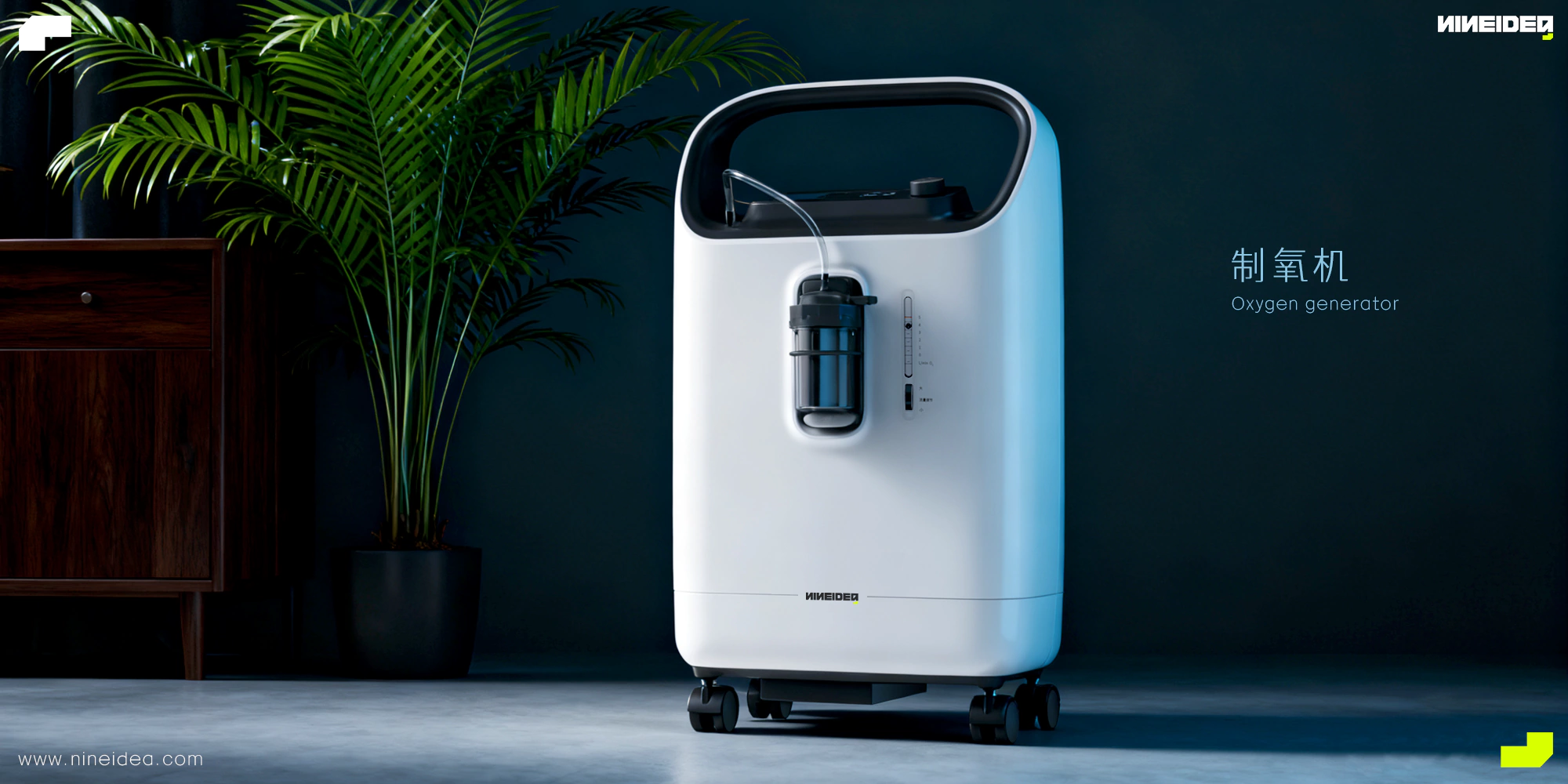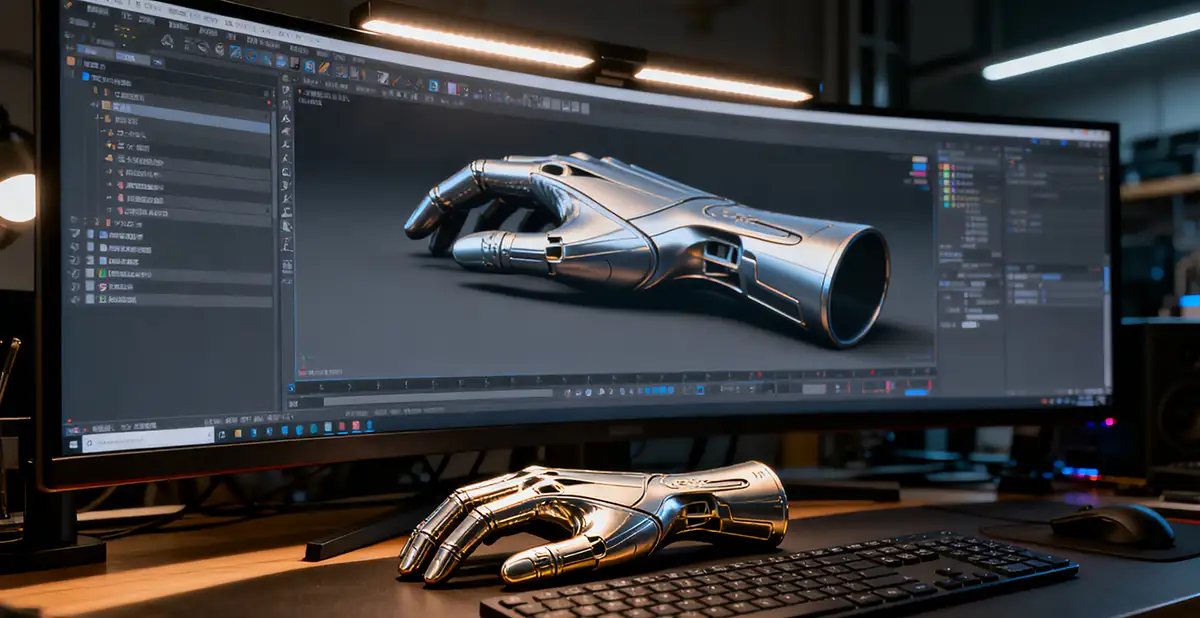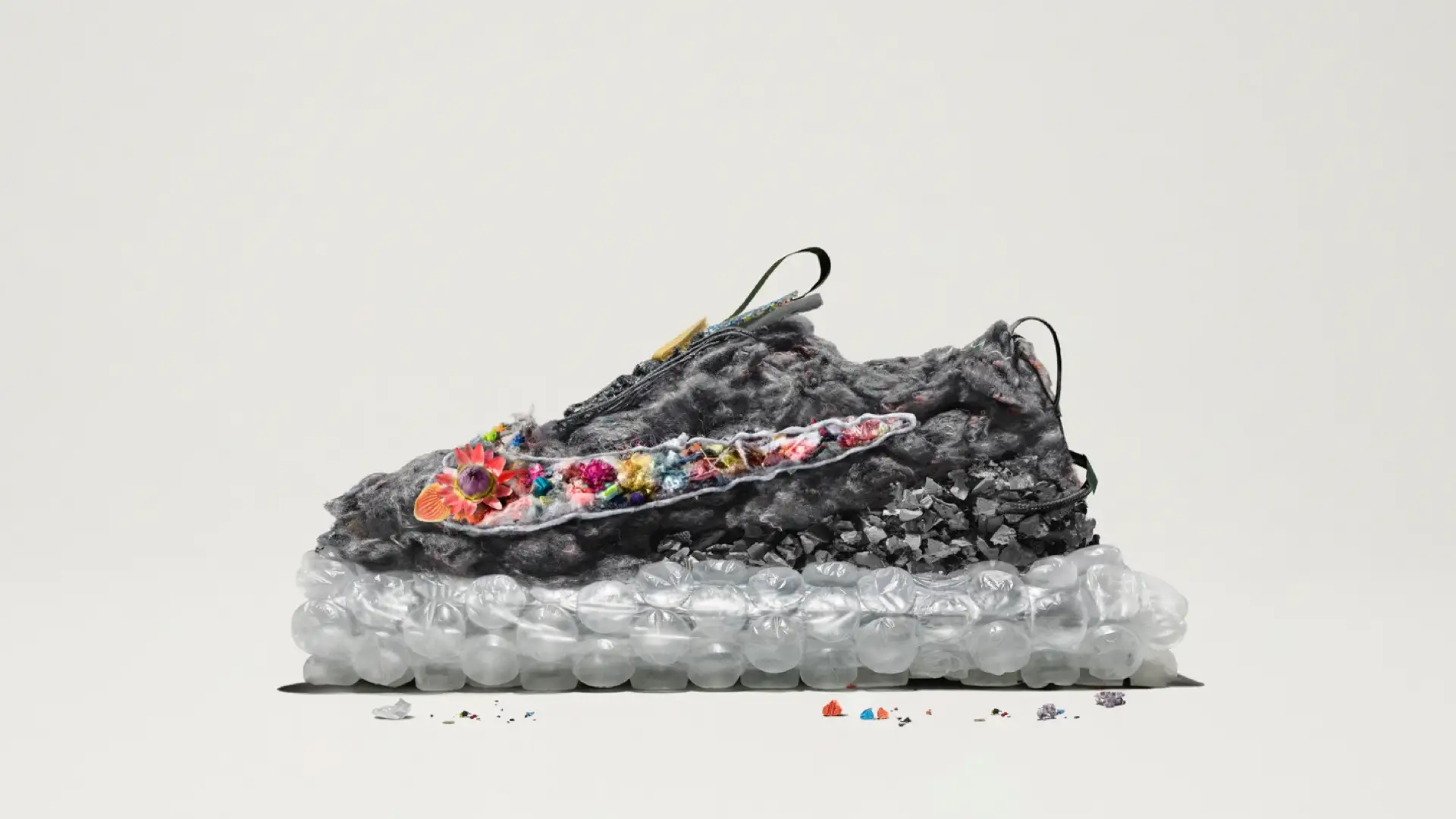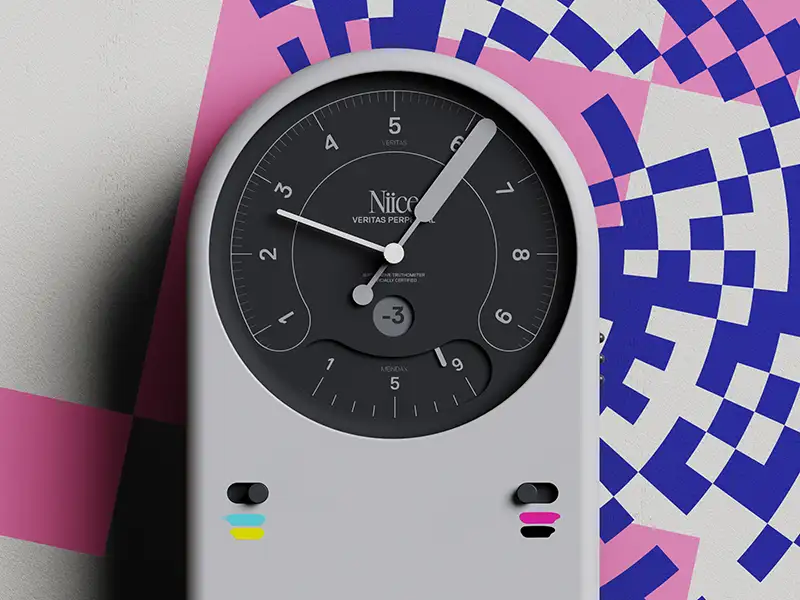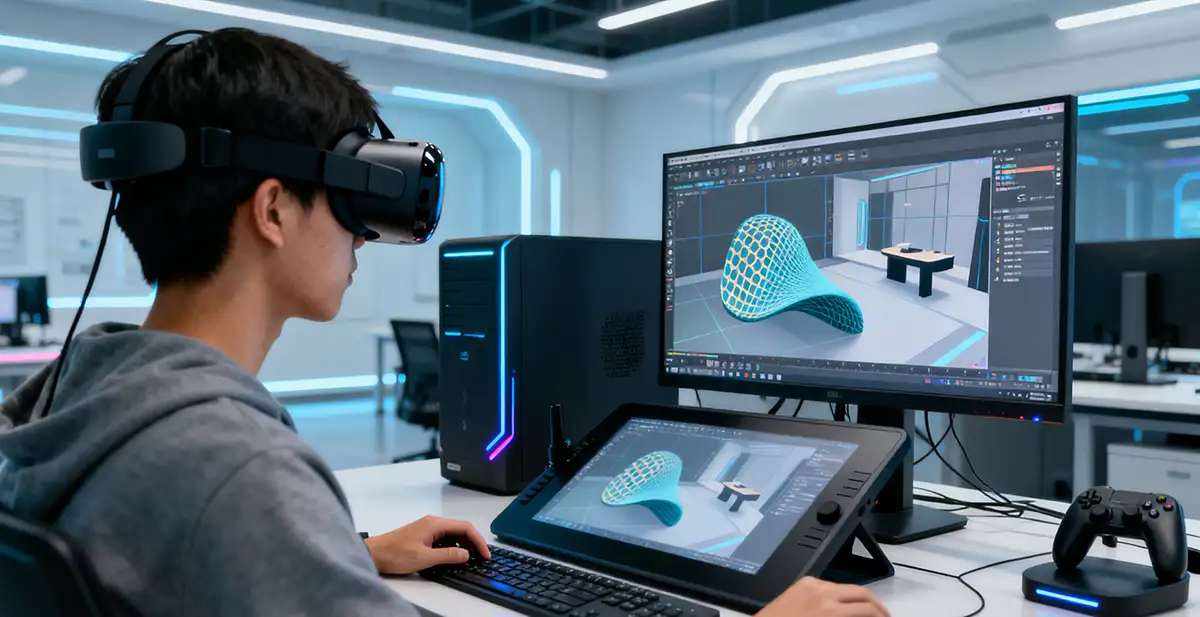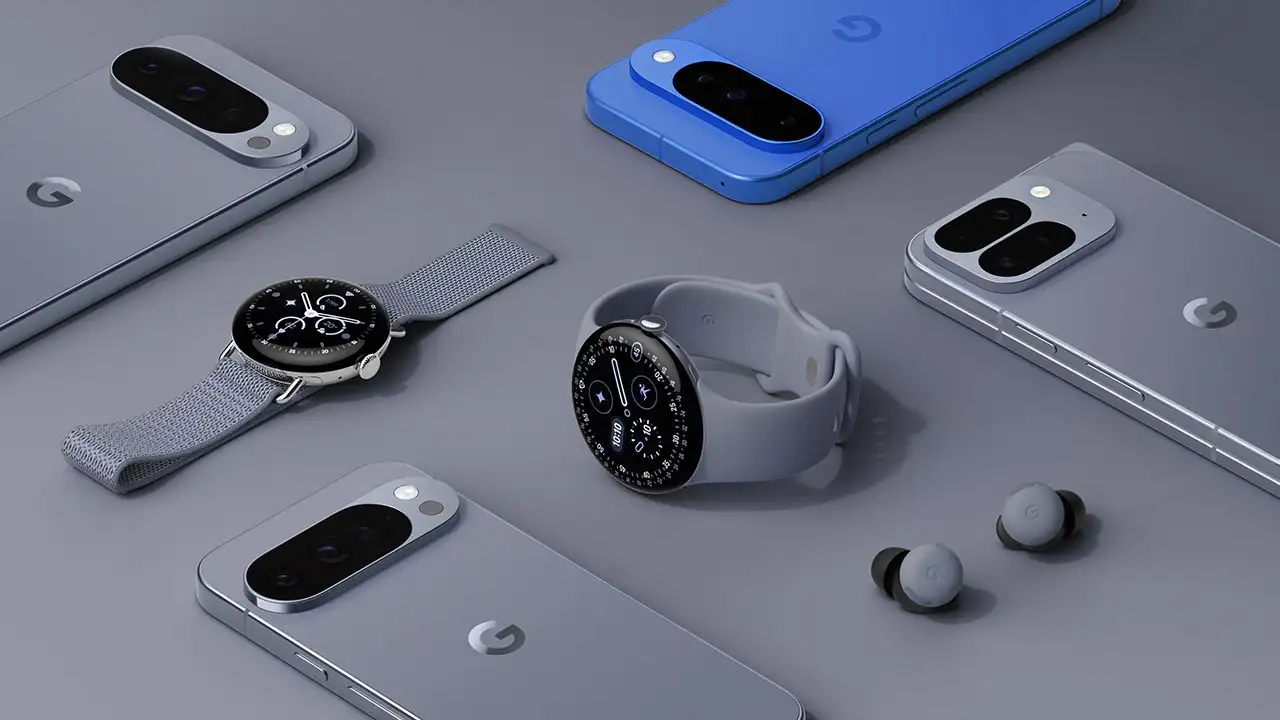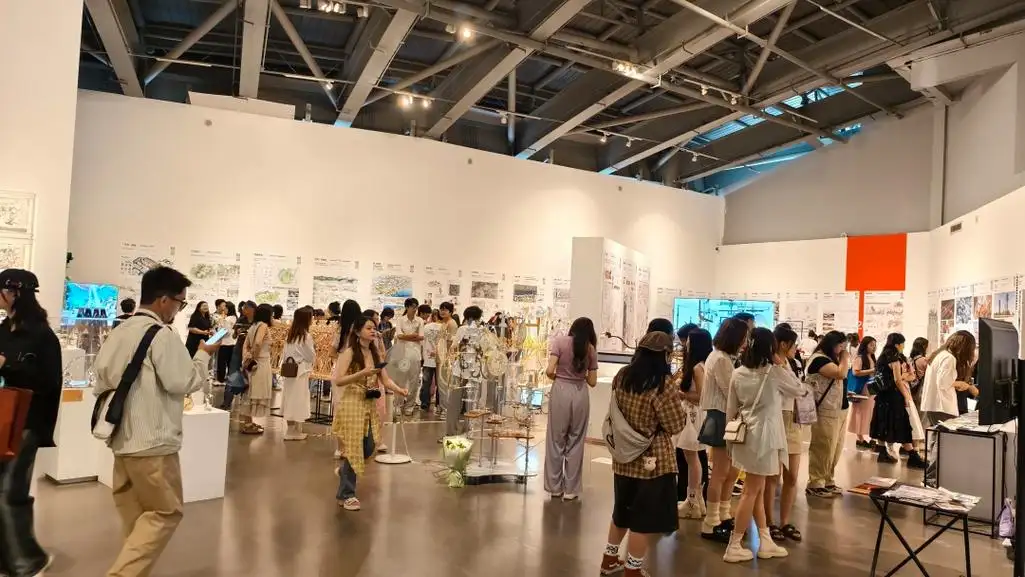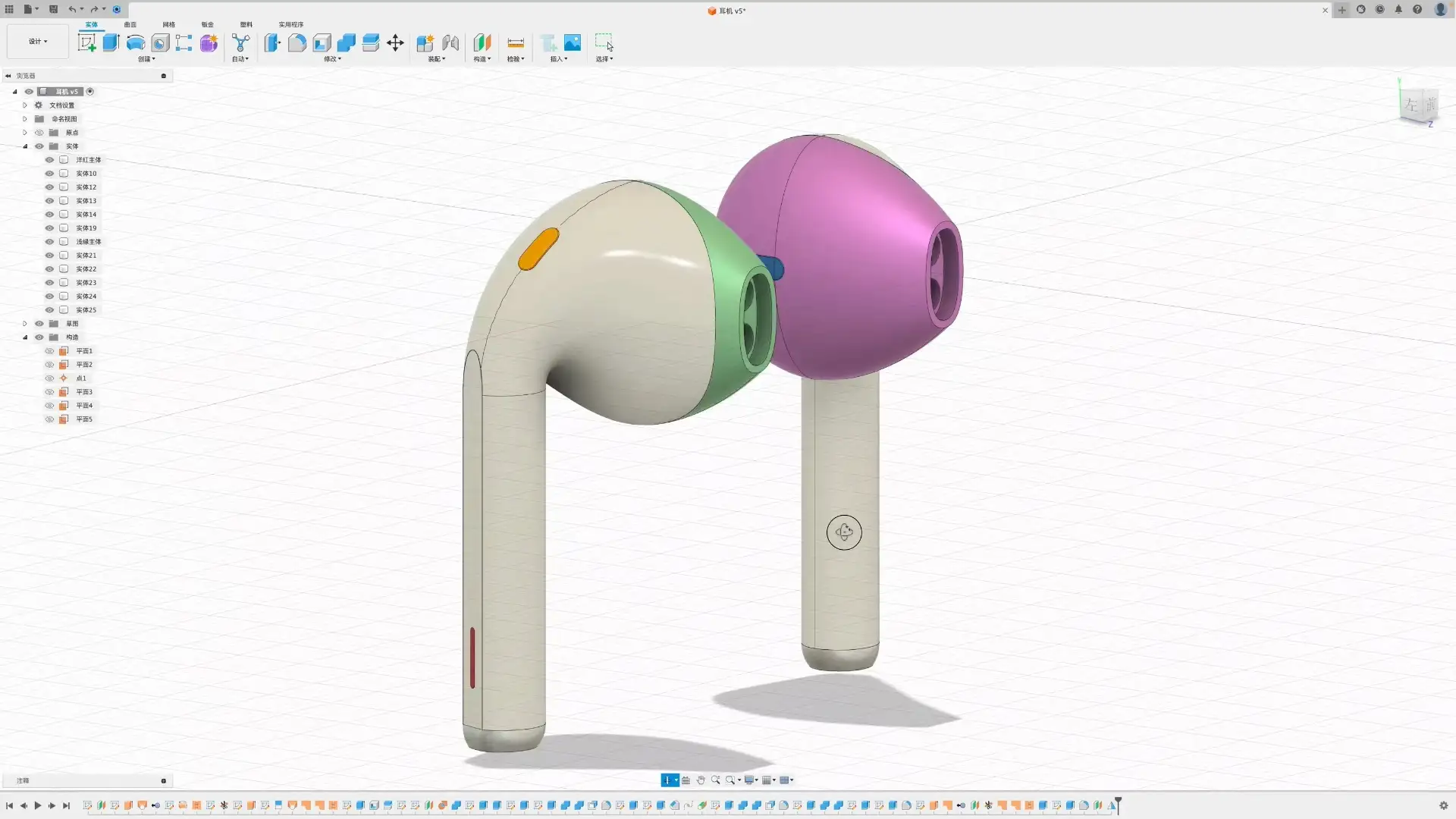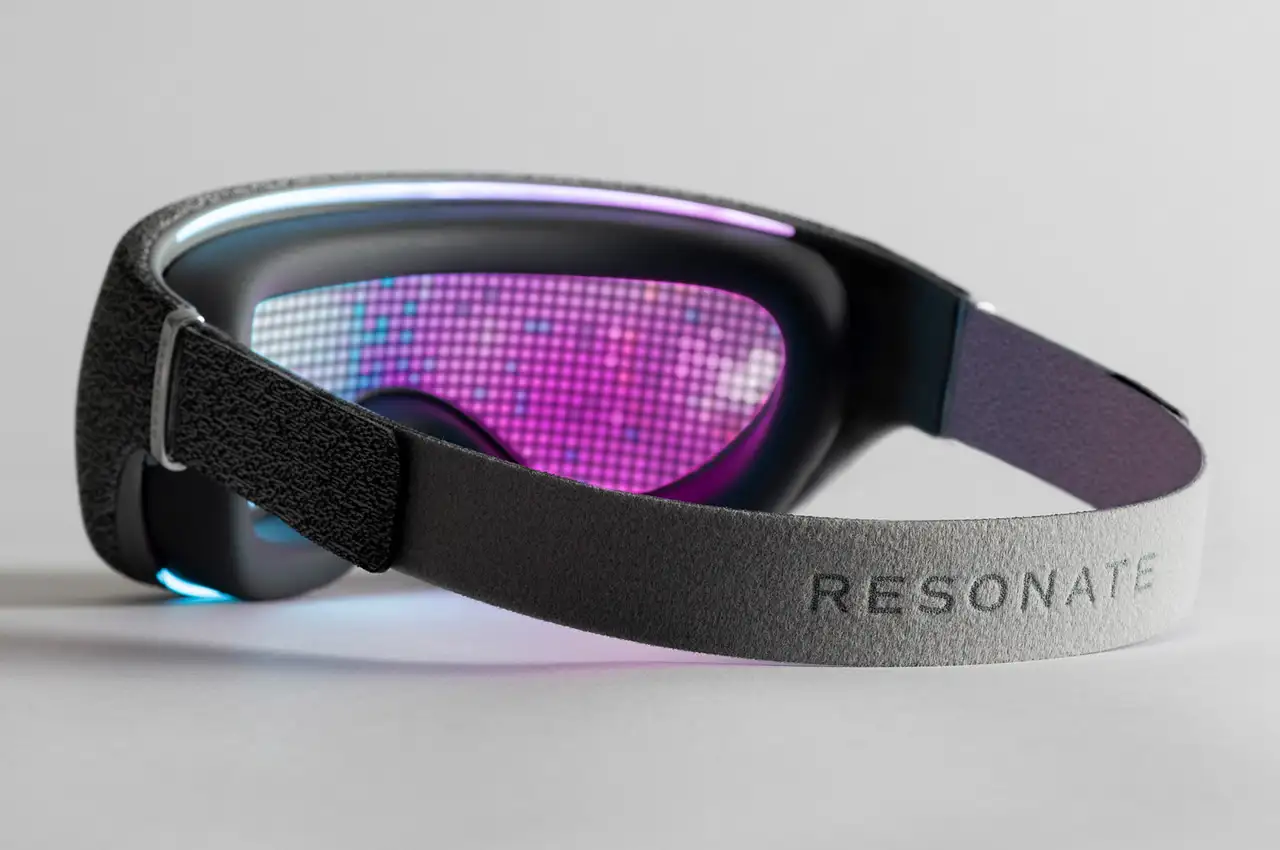这次分享的深圳工业设计历程,是一部从 “制造” 到 “智造” 再到 “创造” 的转型史诗,其轨迹深刻映射了中国改革开放以来的产业升级与创新突围。以下从七个关键维度展开,呈现这座 “设计之都” 的蜕变之路:
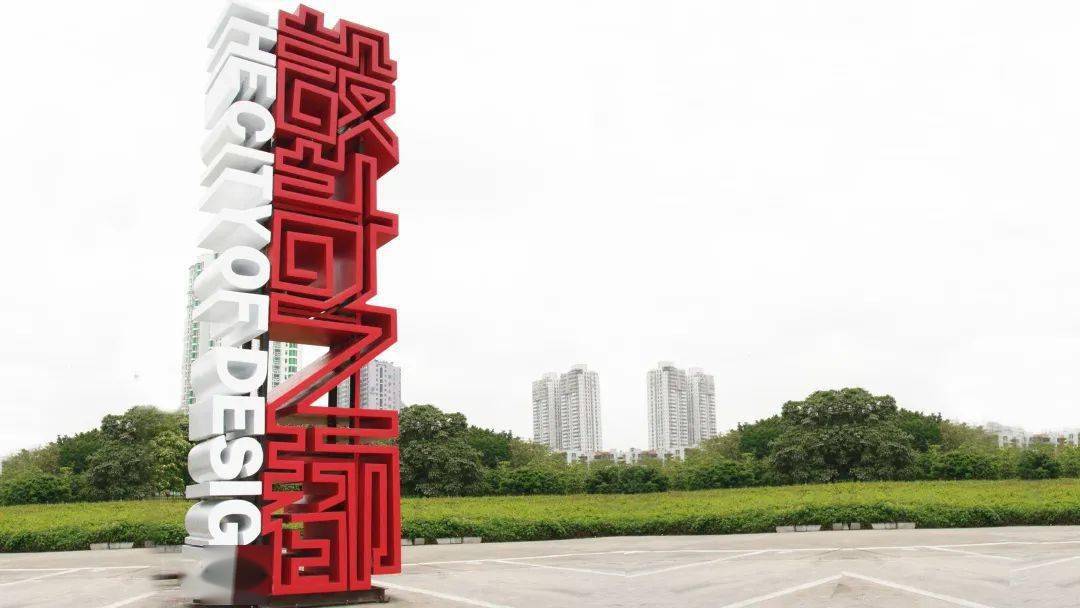
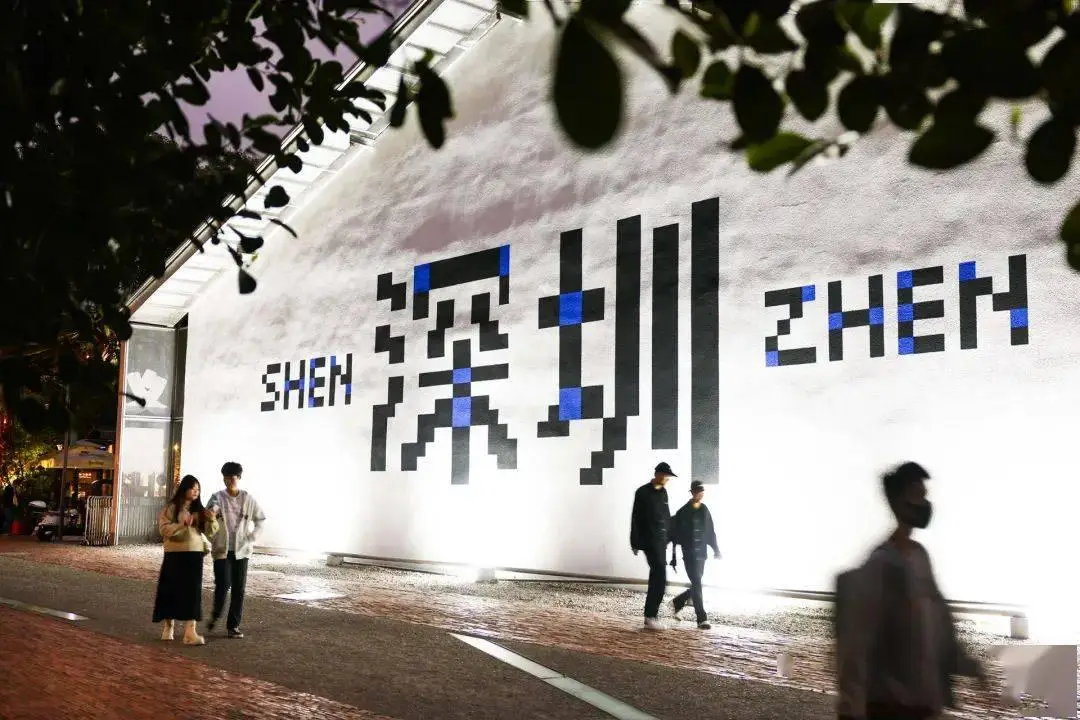
一、代工基因与设计萌芽(1980-2000 年)
1. 特区红利催生代工集群
1980 年深圳成为经济特区后,依托毗邻香港的地缘优势,迅速承接全球产业转移。电子、玩具、家具等代工企业如雨后春笋般涌现,形成 “世界工厂” 的雏形。1985 年成立的富士康深圳工厂,初期为苹果代工生产零部件,奠定了深圳电子制造的基础。这一时期的深圳设计以模仿为主,缺乏自主品牌意识,但密集的代工经验为后续创新积累了供应链资源。
2. 设计教育破土而出
1987 年,深圳大学设立工业设计专业,成为国内最早开设该学科的高校之一。早期课程聚焦于产品外观改良,培养了一批本土设计人才。与此同时,香港设计师北上创业,带来国际视野。
二、政策赋能与产业觉醒(2001-2010 年)
1. 政策破冰与设计立法
2004 年,深圳出台《关于加快深圳工业设计发展的若干意见》,首次将工业设计纳入政府规划。2008 年 11 月,深圳被联合国教科文组织授予 “设计之都” 称号,成为全球第六个获此殊荣的城市。这一阶段,政府通过税收优惠、园区建设等举措,推动设计与制造融合。2009 年深圳设计产业园开园,吸引了鼎典设计、浪尖设计等企业入驻。
2. 电子产业驱动设计升级
华为、中兴等通信巨头崛起,倒逼工业设计从 “功能导向” 转向 “体验导向”。2003 年,华为推出首款自主设计的智能手机,其金属机身与触控交互设计颠覆了市场认知。与此同时,大疆创新于 2006 年成立,其无人机产品凭借流线型外观与模块化设计,迅速占领全球市场,2013 年 “大疆精灵” 系列获红点设计奖,标志着深圳科技产品设计走向国际。
三、创新爆发与全球竞争(2011-2020 年)
1. 设计生态体系成型
2012 年,深圳发布全国首个工业设计专项政策《关于加快工业设计业发展的若干措施》,设立亿元级专项资金,支持企业建立设计中心。截至 2020 年,全市累计建成 13 家国家级工业设计中心、114 家省级中心,数量居全国前列。行业协会发挥桥梁作用,深圳市工业设计行业协会推动 “设计 + 创客” 融合,2015 年承办全国双创周,加速设计成果转化。
2. 国际奖项印证实力
深圳企业在国际设计大赛中屡创佳绩:2015 年,华大基因 “火眼实验室” 获红点至尊奖,其模块化设计助力全球抗疫;2018 年,大疆 “御 Mavic Air 2” 无人机摘得中国优秀工业设计奖金奖;2021 年,柔宇科技 “柔记 2” 获 iF 设计金奖。从 2012 年到 2021 年,深圳累计获得 iF 奖 1365 项、红点奖 909 项,连续十年居全国首位。
3. 设计驱动产业转型
工业设计从单一产品优化转向全产业链赋能。迈瑞医疗通过 “亲近的设计” 理念,将监护仪操作界面简化 50%,其产品全球市场占有率跃居前三;优必选科技集成 AI 与工业设计,打造人形机器人 “Walker X”,2021 年获红点奖,推动服务机器人行业标准化。
四、设计教育与人才战略
1. 高校与产业深度协同
深圳大学工业设计专业历经 30 余年发展,形成 “设计 + 科技” 课程体系,与华为、腾讯共建实验室,学生作品多次获国际奖项。南方科技大学筹建创新创意设计学院,计划 2024 年独立招生,聚焦智能产品与可持续设计。此外,香港理工大学深圳研究院、清华大学深圳国际研究生院等机构,为深圳输送跨界设计人才。
2. 国际化人才引育
深圳通过 “孔雀计划” 等政策,吸引全球顶尖设计师。丹麦设计师关道文出任南方科技大学创新创意设计学院院长,推动 “工作室教学法”,培养学生解决复杂问题的能力。同时,深圳国际工业设计大展(SIDF)自 2013 年创办以来,累计吸引 60 余国参展,成为全球设计资源对接平台。
五、产业集群与供应链优势
1. 设计产业空间集聚
深圳形成 “一核多极” 的设计格局:南山区聚焦智能硬件与数字创意,福田区打造时尚设计总部,龙华区建设工程设计产业园,宝安区发展智能制造设计。龙华设计产业园 2025 年开园,吸引深水规院、华阳国际等企业入驻,推动 AI + 建筑、AI + 交通场景落地。
2. 供应链 “深圳速度”
依托珠三角制造业集群,深圳实现 “设计 – 打样 – 量产” 全链条闭环。华强北电子市场、华南城材料中心等平台,可在 48 小时内完成产品原型制作。这种效率优势使深圳成为全球硬件创业者的首选地。
六、数据见证发展
| 指标 | 2012 年 | 2022 年 |
|---|---|---|
| 工业设计总产值 | 134 亿元 | 450 亿元 |
| 国家级工业设计中心 | 2 家 | 13 家 |
| 国际设计奖项累计 | 不足 200 项 | 超 2000 项 |
| 设计企业数量 | 约 8000 家 | 22000 家 |
| 专利申请量(PCT) | 5000 件 | 15854 件(连续 20 年全国第一) |
深圳工业设计的发展,本质是中国制造业从 “成本驱动” 向 “创新驱动” 转型的缩影。这座城市用四十年时间,完成了从 “代工车间” 到 “设计硅谷” 的蜕变,其经验表明:工业设计不仅是产品的 “颜值”,更是产业升级的 “引擎”。未来,深圳将以 “设计之都” 为支点,撬动全球创新资源,在智能时代书写新的传奇。
The development process of industrial design in Shenzhen is an epic transformation from “manufacturing” to “intelligent manufacturing” and then to “creation”, which deeply reflects the industrial upgrading and innovation breakthrough since China’s reform and opening up. The following presents the transformation path of this “City of Design” from seven key dimensions:
Gene and Design Sprouts of Contract Manufacturing (1980-2000)
- The special zone dividend has spurred the emergence of OEM clusters
After Shenzhen became an economic special zone in 1980, relying on its geographical advantage of being adjacent to Hong Kong, it quickly undertook global industrial transfer. Electronic, toy, furniture and other OEM enterprises have sprung up like mushrooms after rain, forming the embryonic form of the “world factory”. The Foxconn Shenzhen factory, established in 1985, initially produced components for Apple and laid the foundation for electronic manufacturing in Shenzhen. During this period, Shenzhen’s design was mainly based on imitation, lacking a sense of independent branding, but the intensive OEM experience accumulated supply chain resources for subsequent innovation. - Design education breaks through the ground
In 1987, Shenzhen University established the Industrial Design major, becoming one of the earliest universities in China to offer this discipline. Early courses focused on improving product appearance and cultivated a group of local design talents. At the same time, Hong Kong designers are heading north to start businesses, bringing an international perspective.
Policy Empowerment and Industrial Awakening (2001-2010)
- Policy ice breaking and design legislation
In 2004, Shenzhen issued the “Several Opinions on Accelerating the Development of Industrial Design in Shenzhen”, which for the first time included industrial design in government planning. In November 2008, Shenzhen was awarded the title of “City of Design” by UNESCO, becoming the sixth city in the world to receive this honor. At this stage, the government promotes the integration of design and manufacturing through measures such as tax incentives and park construction. In 2009, Shenzhen Design Industry Park opened, attracting companies such as Dingdian Design and Langjian Design to settle in. - Electronic industry drives design upgrade
The rise of communication giants such as Huawei and ZTE has forced industrial design to shift from a “function oriented” to an “experience oriented” approach. In 2003, Huawei launched its first independently designed smartphone, which overturned market perception with its metal body and touch interaction design. At the same time, DJI Innovation was established in 2006, and its drone products quickly occupied the global market with their streamlined appearance and modular design. In 2013, the “DJI Elf” series won the Red Dot Design Award, marking the internationalization of Shenzhen’s technology product design.
Innovation Explosion and Global Competition (2011-2020)
- Design ecosystem formation
In 2012, Shenzhen issued the first national industrial design special policy, “Several Measures to Accelerate the Development of Industrial Design Industry”, setting up a special fund of 100 million yuan to support enterprises in establishing design centers. As of 2020, the city has built a total of 13 national level industrial design centers and 114 provincial level centers, ranking among the top in the country in terms of quantity. Industry associations play a bridging role, and the Shenzhen Industrial Design Industry Association promotes the integration of “design+maker”. In 2015, it hosted the National Innovation and Entrepreneurship Week to accelerate the transformation of design achievements. - International awards confirm strength
Shenzhen enterprises have repeatedly achieved excellent results in international design competitions: in 2015, Huada Gene’s “Fire Eye Laboratory” won the Red Dot Supreme Award, and its modular design helped the global fight against the epidemic; In 2018, DJI’s “Mavic Air 2” drone won the gold award of China Excellent Industrial Design Award; In 2021, Rouyu Technology’s “Rouji 2” won the iF Design Gold Award. From 2012 to 2021, Shenzhen has won a total of 1365 iF awards and 909 Red Dot awards, ranking first in the country for ten consecutive years. - Design driven industrial transformation
Industrial design has shifted from optimizing a single product to empowering the entire industry chain. Mindray Medical has simplified the monitor interface by 50% through the concept of “intimate design”, and its global market share has jumped to the top three; Ubiquitous Technology integrates AI and industrial design to create the humanoid robot “Walker X”, which won the Red Dot Award in 2021 and promotes standardization in the service robot industry.
Design Education and Talent Strategy
- Deep collaboration between universities and industries
The Industrial Design major at Shenzhen University has undergone more than 30 years of development, forming a “design+technology” curriculum system. It has co built laboratories with Huawei and Tencent, and its student works have won international awards multiple times. Southern University of Science and Technology is preparing to establish an Innovation and Creative Design College, with plans to independently enroll students in 2024, focusing on intelligent products and sustainable design. In addition, institutions such as the Hong Kong Polytechnic University Shenzhen Research Institute and Tsinghua University Shenzhen International Graduate School provide cross-border design talents for Shenzhen. - International talent attraction and cultivation
Shenzhen has attracted top designers from around the world through policies such as the “Peacock Plan”. Danish designer Guan Daowen has been appointed as the Dean of the School of Innovation and Creative Design at Southern University of Science and Technology, promoting the “studio teaching method” and cultivating students’ ability to solve complex problems. Meanwhile, since its establishment in 2013, the Shenzhen International Industrial Design Exhibition (SIDF) has attracted more than 60 countries to participate, becoming a global platform for connecting design resources.
Industrial clusters and supply chain advantages
- Design industrial spatial agglomeration
Shenzhen has formed a design pattern of “one core, multiple poles”: Nanshan District focuses on intelligent hardware and digital creativity, Futian District creates a fashion design headquarters, Longhua District constructs an engineering design industrial park, and Bao’an District develops intelligent manufacturing design. Longhua Design Industrial Park will open in 2025, attracting enterprises such as Deepwater Planning Institute and Huayang International to settle in and promote the implementation of AI+architecture and AI+transportation scenarios. - Supply Chain “Shenzhen Speed”
Relying on the manufacturing cluster in the Pearl River Delta, Shenzhen has achieved a full chain closed-loop of “design sampling mass production”. Platforms such as Huaqiangbei Electronic Market and South China City Material Center can complete product prototype production within 48 hours. This efficiency advantage makes Shenzhen the preferred location for global hardware entrepreneurs.
Data witnesses development
| Index | In 2012 | In 2022 |
|---|---|---|
| Total output value of industrial design | 13.4 billion yuan | 45 billion yuan |
| National Industrial Design Center | 2 households | 113 households |
| Accumulated international design awards | Less than 200 items | Over 2000 items |
| Number of design enterprises | About 8000 households | 22000 households |
| Patent Application Volume (PCT) | 5000 pieces | 15854 items (ranked first in the country for 20 consecutive years) |















